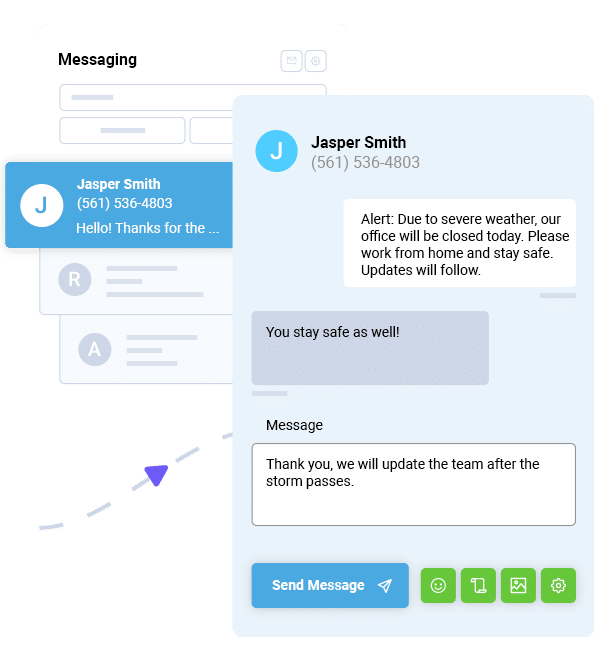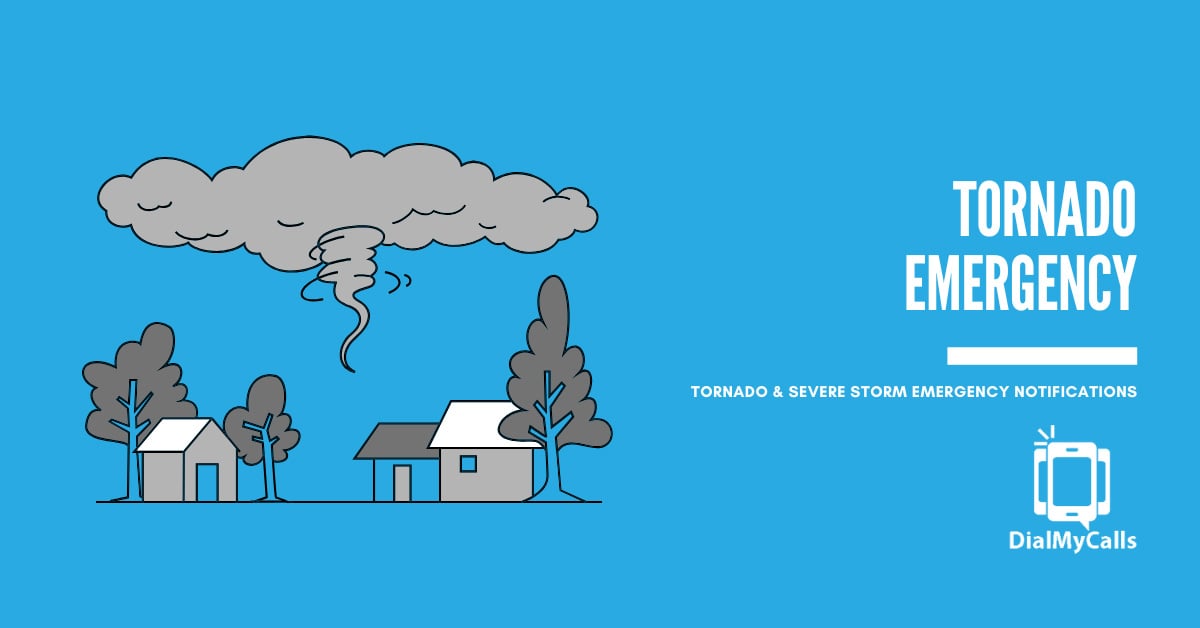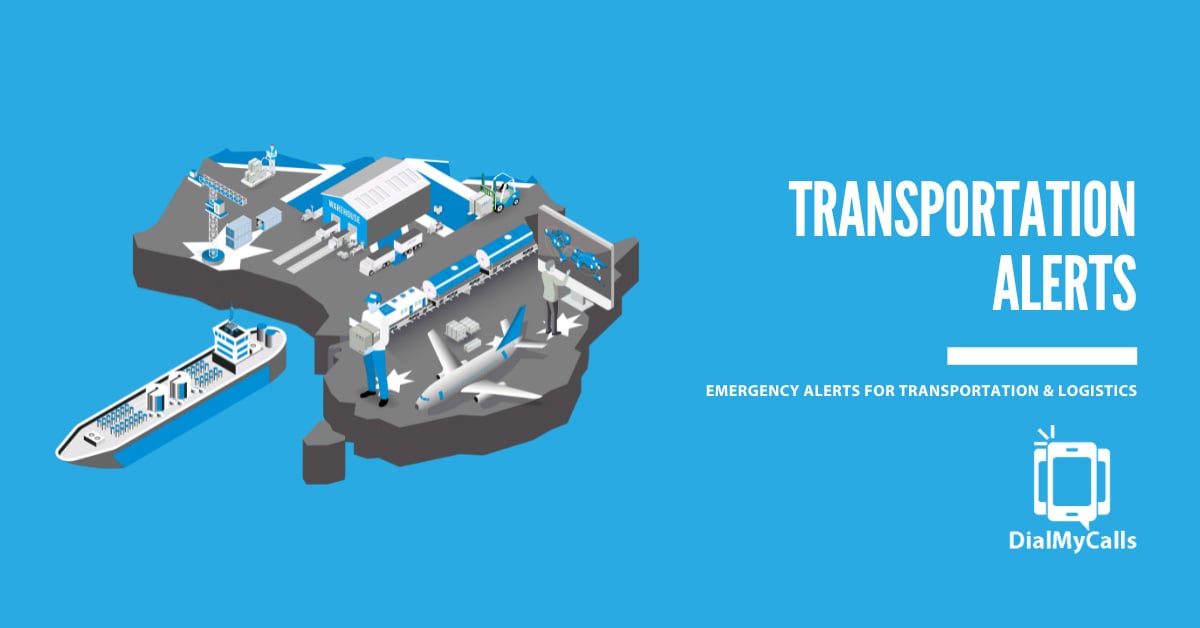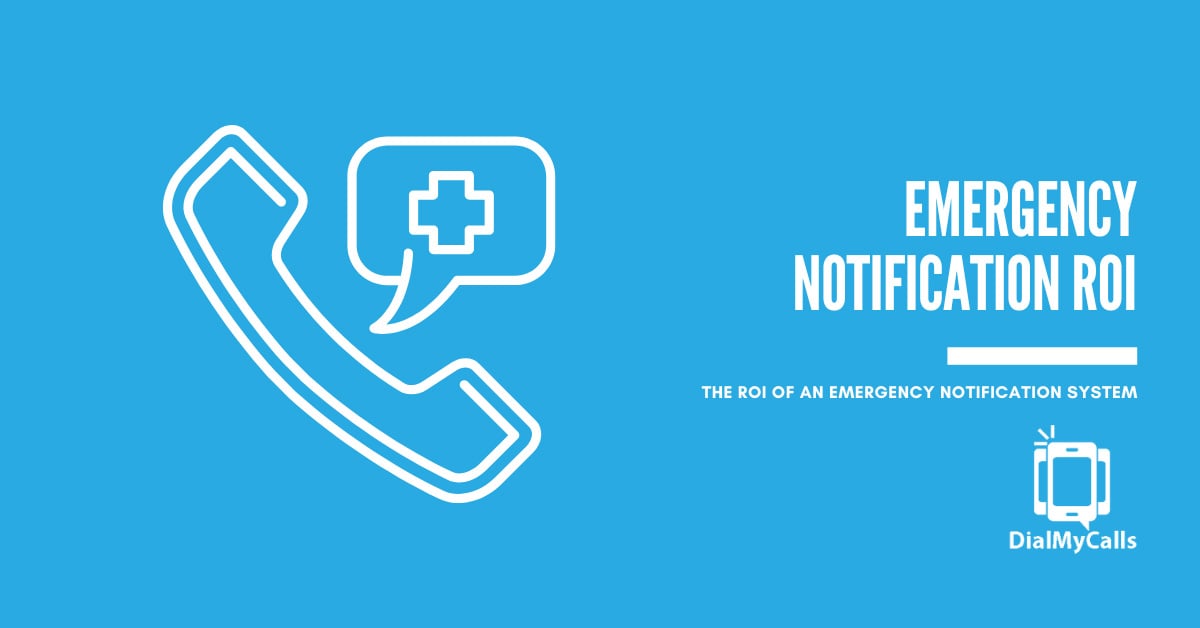What Most Organizations Get Wrong About Crisis Communication and How to Fix It
Posted by Tim Smith in Emergency Notification on September 22, 2025
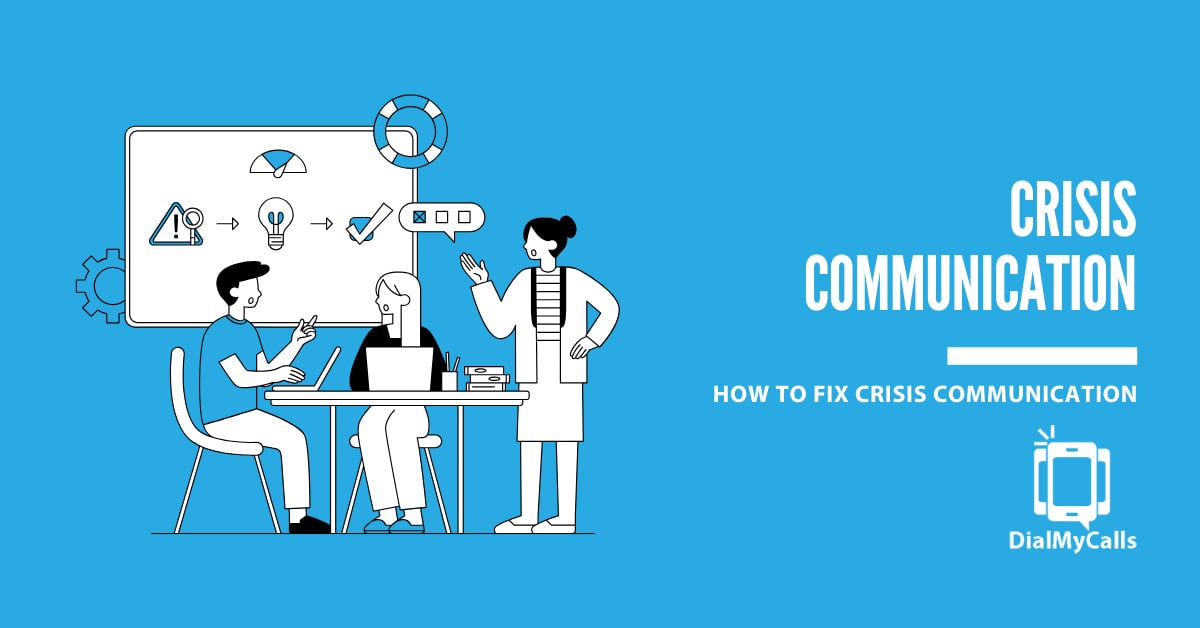
That might sound extreme, but anyone who’s witnessed a company fumble its response knows how fast things can spiral.
So here’s the big question. If something went wrong today, like a safety issue, system failure, or viral backlash, would your team know exactly what to say, who to contact, and how to get the message out?
Too often, organizations get crisis communication wrong. Delayed responses, legalese-filled statements, radio silence, and generic updates are all common missteps, even for seasoned teams. Just ask CrowdStrike (after the July 2024 outage) or the Texas state officials (during the flood response debacle).
But what separates chaotic crisis communications from those that preserve trust and restore order?
Let’s break down the most common mistakes and exactly how to fix them, using proven frameworks and real examples. We’ll also show you how to build a reliable strategy and use tools like DialMyCalls to respond with speed and clarity, even when things get messy.
Stay Connected with Mass Notifications
Create & Send a Broadcast to Thousands in Seconds
6 Common Mistakes Organizations Get Wrong During Crisis Communication
When a crisis hits, public opinion is shaped not just by the event itself but also by how your organization responds in those critical early moments.
Many teams stumble not because they don’t care, but because they’re unprepared. Delays, vague statements, and disjointed communication can quickly damage trust. And in today’s world of instant news and viral posts, the window for getting it right is painfully small.
Here are the most common mistakes organizations make when a crisis unfolds and, more importantly, how to avoid them.
1. Failing to Act Fast
When CrowdStrike’s software update caused a major global outage in July 2024, the ripple effects were instant. Hospitals couldn’t access patient records. Banks froze. Airports halted flights. But what truly amplified the chaos? The company’s delayed response. Hours passed before their first public statement, which used vague, corporate language that offered no clarity, only confusion. The silence gave social media and news outlets the space to speculate, criticize, and panic.
What to do instead:
Speed builds trust. Even if you don’t have all the details, acknowledge the situation within 15–20 minutes of it becoming public. This doesn’t mean guessing or overpromising, but showing leadership.
Craft and store holding statements in your emergency communication toolkit. These should express:
- That you are aware of the issue
- That you’re working urgently to assess and resolve it
- When your next update will arrive
Example:“We’re aware of the current system disruption and are actively investigating. We’ll share another update within 30 minutes as we confirm more details.”
Load these messages into your mass messaging software (like DialMyCalls) ahead of time so you can send them instantly across SMS, email, voice broadcast, or emergency push notification.
2. Being Silent or Sharing Premature Info
In high-stakes moments, some leaders freeze. They either wait too long in hopes of getting all the facts or rush out with false reassurances. Both options backfire.
Think about the 1982 Tylenol poisoning case. Within days of discovering tampered bottles, Johnson & Johnson pulled 31 million units from the shelves, held transparent press conferences, and made consumer safety its headline. That crisis could’ve destroyed the brand. Instead, their response became the gold standard in corporate crisis communication.
Compare that to more recent examples like the Equifax breach or the Southwest Airlines holiday meltdown, where delayed or evasive communication caused long-term damage.
What to do instead:
Silence doesn’t give you more control—t invites chaos. Be proactive, even when you’re still collecting facts. Share what you know, flag what you don’t, and offer a clear timeline for updates.
Build a communication command chain ahead of time:
- Assign internal decision-makers
- Train designated spokespeople
- Set protocols for different crisis types (tech failure, safety incident, media scandal, etc.)
Also, mock crisis scenarios should be rehearsed quarterly so teams can practice responding in real time.
3. Inconsistent or Overly Legal Messaging
When crises hit, legal teams often push the limit of what can be said. While caution is valid, emotionless or overly guarded statements can seem evasive or cold.
Boeing’s response after the 737 MAX crashes is a clear example, with delayed apologies, stilted language, and disconnected messaging across departments. The public felt like Boeing was hiding behind its lawyers, not facing the tragedy head-on. The result was years of reputation recovery and billions lost.
What to do instead:
Legal and PR should be collaborators, not competitors. The goal is to speak truthfully and humanely.
Establish pre-approved language that:
- Balances legal boundaries with human empathy
- Has a unified voice across all channels (CEO videos, SMS alerts, press releases, social media)
- Is adaptable for multiple platforms and audiences
Crisis messaging should be clear, direct, and emotionally appropriate to the situation. Whether you’re notifying customers of a breach or employees of an emergency closure, your tone must match the moment.
4. Lack of Empathy or Transparency
When a flood hit parts of Texas, many residents reported that local leaders issued cold, technical briefings with no emotion or accountability. The message was, “Here’s what happened,” not, “Here’s how we’re with you.” That absence of empathy left communities feeling unseen and unsupported.
In crises, people want facts, but they also want feeling. They want to know you care.
What to do instead:
Communicate like a human. Acknowledge the emotional weight of the moment. Show understanding of what your audience is going through.
Instead of this:
“We are investigating the incident and will share findings once available.”
Say this:
“We know this disruption is frustrating and stressful. We’re truly sorry, and our team is working around the clock to restore services and keep you informed.”
Also, don’t just speak—listen. Use tools like two-way SMS or chat apps so stakeholders can ask questions and get live answers. This not only builds trust but also surfaces new issues you might have missed.
5. No Follow-Up Updates
One of the biggest sins in crisis communication is saying something once and then going dark. People need continuity. Even if there’s no big change, they want to know you’re still working on it.
When you don’t send updates, the vacuum gets filled with fear, doubt, or speculation.
What to do instead:
Set up a regular update schedule and stick to it. Even a quick message like:
“There’s no major update at this hour, but our team is still working on the issue, and we’ll follow up by 2 p.m.”
This rhythm builds confidence.
Use your communication platform to segment your messages by audience:
- Send technical updates to staff
- Clear summaries to customers
- Community-focused messaging to local stakeholders
Tools like DialMyCalls allow you to schedule automated follow-ups, so you’re not relying on manual reminders in a high-pressure situation.
6. No Post-Crisis Review
Many organizations feel relief after a crisis passes, then rush to move on. But failing to review your communication process means you’ll likely repeat the same mistakes next time.
A crisis is one of the best (and harshest) teachers if you take time to listen.
What to do instead:
Within 48–72 hours of the crisis ending, run a post-mortem. Include: communication leads, customer support reps, leadership team, IT or operations (if relevant), and stakeholder feedback, if available.
Ask:
- What communication tools worked best?
- Where did bottlenecks happen?
- Did we meet our target response times?
- Were messages clear and timely across platforms?
Document these insights, refine your communication playbooks, and update your crisis message templates. Turn that experience into resilience.
Instant Communication, Whenever You Need It
Send Real-Time SMS & Voice Call Alerts from Anywhere
Frameworks That Fix Crisis Communication Chaos
Crisis communication is not just about reacting well but preparing smartly. While instinct, empathy, and experience all matter, what separates chaotic responses from confident ones are proven frameworks.
High-performing organizations rely on structured systems to help them respond consistently, quickly, and humanely, even when stress is high and facts are evolving.
Here are two of the most effective communication models used by crisis management teams across industries.
The BRACE Method
The BRACE method is a practical, easy-to-remember system for managing a crisis from the first alert to the final follow-up. It helps you stay calm, organized, and intentional under pressure.
B – Be First
Speed earns trust. In a digital world, whoever speaks first sets the narrative. That doesn’t mean having all the answers immediately, but acknowledging the issue early and promising updates.
R – Research
Before sending out detailed updates, verify the facts. Cross-check with your internal team to avoid sharing incorrect information that you’ll need to retract later.
A – Assess
Understand who is affected and how. Are your staff safe? Are customers impacted? What are your stakeholders’ main concerns? This will shape your messaging tone and content.
C – Communicate
Send clear, caring messages across multiple channels like SMS, voice, email, website banners, and social media. Always include timeframes, contact details, and next steps.
E – Evaluate
After the storm, don’t move on too quickly. Review what worked and what didn’t. Track open rates, response times, and feedback to update your crisis templates and workflows.
Tools like DialMyCalls help automate this framework, from scheduling mass alerts to tracking message delivery and engagement across your contact lists.
Situational Crisis Communication Theory (SCCT)
SCCT goes a step further by helping you tailor your tone and strategy based on the type of crisis you’re facing. It’s not one-size-fits-all, as your messaging needs to shift depending on the situation.
SCCT breaks down crises into three main categories:
1. Denial Strategy
Use when the organization is wrongly accused or facing a hoax. The goal here is to refute the claims quickly and factually. Avoid emotion, focus on transparency.
Example: “There is no evidence to support the claims circulating online. Our investigation confirms that…”
2. Rebuild Strategy
Use when the organization is at fault. It could be during a data breach, service failure, product recall, or internal misconduct. Here, honesty, empathy, and accountability are critical. Own up, apologize, and explain how you’ll fix it.
Example: “We made a mistake, and we deeply regret the impact. We’ve launched a full review and are taking immediate steps to…”
3. Bolstering Strategy
Use when the crisis is external, but your audience is affected (natural disasters, pandemics, power outages). Highlight your previous good actions and communicate how you’re supporting affected groups.
Example: “Our team is safe and ready to assist. Here’s how we’re helping impacted customers and communities…”
This approach helps you match your message to the moment, which builds greater trust and avoids sounding tone-deaf.
Visualizing It All with a Crisis Flowchart
One of the best ways to put these frameworks into action is to create a simple internal flowchart your team can follow during high-pressure moments.
Example Flow:
Incident Detected → Trigger Internal Alert → Send Holding Message (Multi-channel) → Confirm Delivery (SMS, voice, email) → Assess Stakeholder Needs →Send Targeted Follow-Up Messages →Continue Updates on Schedule →Post-Crisis Debrief and Review
This visual approach gives everyone on your team a shared playbook and removes ambiguity from decision-making.
Communicating Well Under Pressure
In a crisis, your words matter, but so does your timing, your tone, and your consistency.
The most effective crisis communication strategies rest on four pillars:
- Speed: Respond early to take control of the narrative.
- Clarity: Communicate in plain, honest language.
- Empathy: Show that you see people, not just problems.
- Review: Learn from each crisis to get stronger next time.
The truth is, no one can predict exactly when a crisis will strike, but you can prepare to meet it with confidence.
Need a crisis-ready messaging platform?
Learn how DialMyCalls ensures you act fast, clearly, and consistently — no matter what comes your way.
Keep Everyone Connected & Informed
Get the Word Out Quickly with Bulk Texting and Voice Calls
Author
Tim Smith is the Media Manager at DialMyCalls, where he has leveraged his expertise in telecommunications, SaaS, SEO optimization, technical writing, and mass communication systems since 2011. Tim is a seasoned professional with over 12 years at DialMyCalls and 15+ years of online writing experience.
Try Using DialMyCalls Right Now
Start For Free
Recent Posts
- 6 Top Emergency Notification Challenges Schools Face and How to Solve Them
- 7 Best Practices for Tornado and Severe Storm Emergency Notifications
- 7 Best Practices for Church Emergency Notifications to Keep Congregations Safe
- How Transportation and Logistics Use Emergency Alerts to Keep Operations Moving
- The ROI of an Emergency Notification System and Why It Pays for Itself
Categories
“I am a youth minister and have spent hours in the past calling students individually to remind them of an upcoming event or to get out an urgent announcement. With DialMyCalls.com, I cut that time down to about 1 minute. I also love how I can see exactly who answered live and how long they listened so I know if they heard the whole message. DialMyCalls.com is the best website I have stumbled upon all year! Thanks!”
Central Baptist Church
Try Using DialMyCalls Right Now
Start For Free
Author
Tim Smith is the Media Manager at DialMyCalls, where he has leveraged his expertise in telecommunications, SaaS, SEO optimization, technical writing, and mass communication systems since 2011. Tim is a seasoned professional with over 12 years at DialMyCalls and 15+ years of online writing experience.
Try Using DialMyCalls Right Now
Start For Free
Recent Posts
- 6 Top Emergency Notification Challenges Schools Face and How to Solve Them
- 7 Best Practices for Tornado and Severe Storm Emergency Notifications
- 7 Best Practices for Church Emergency Notifications to Keep Congregations Safe
- How Transportation and Logistics Use Emergency Alerts to Keep Operations Moving
- The ROI of an Emergency Notification System and Why It Pays for Itself
Categories
“I am a youth minister and have spent hours in the past calling students individually to remind them of an upcoming event or to get out an urgent announcement. With DialMyCalls.com, I cut that time down to about 1 minute. I also love how I can see exactly who answered live and how long they listened so I know if they heard the whole message. DialMyCalls.com is the best website I have stumbled upon all year! Thanks!”
Central Baptist Church
Try Using DialMyCalls Right Now
Start For Free
